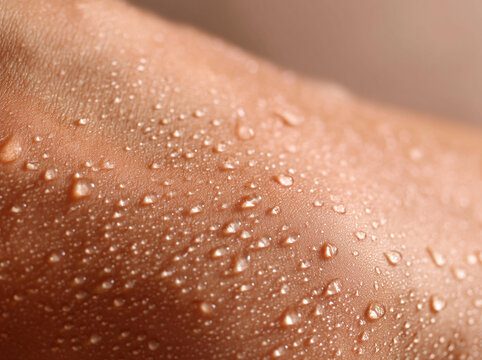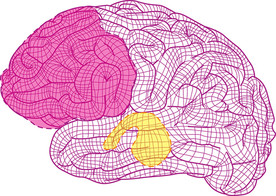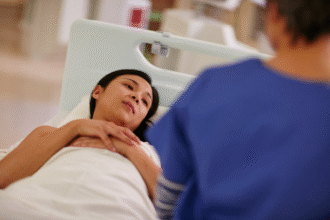Skin Cancer Clinical Signs
Overview
Skin cancers most commonly include basal cell carcinoma (BCC), cutaneous squamous cell carcinoma (cSCC), and melanoma. Recognition of key morphologies, appropriate biopsy, and risk‑adapted treatment are essential to prevent morbidity and mortality.
Key Clinical Signs
Cutaneous Squamous Cell Carcinoma (cSCC)
- Typical sites: sun‑exposed skin, mucosa, and mucocutaneous junctions of head/neck, forearms, hands, and lower legs.
- Morphology: firm erythematous keratotic papule/nodule; indurated plaque; non‑healing ulcer with rolled/irregular edges; exophytic “cauliflower‑like” mass in advanced disease.
- Behavior: more aggressive than BCC; early ulceration; regional lymph node metastasis risk—elevated with poor differentiation, perineural invasion, immunosuppression, and ear/lip locations.
Basal Cell Carcinoma (BCC)
- Typical sites: face (forehead, periorbital, nose, periauricular), trunk for superficial subtype.
- Morphology: pearly/translucent papule or nodule with telangiectasias; rolled border; central erosion/ulcer (“rodent ulcer”); pigmented variants mimic melanoma.
- Behavior: locally invasive with rare metastasis; can be highly destructive if neglected.
Melanoma (for completeness)
- Clues: ABCDE—Asymmetry, Border irregularity, Color variegation, Diameter ≥6 mm, Evolving; “ugly duckling” lesion that looks different from patient’s other nevi.
- Nodular melanoma may present as EFG—Elevated, Firm, and Growing, often lacking classic ABCDE changes.
Diagnostic Approach
- Full‑skin examination with dermoscopy to refine pre‑biopsy diagnosis.
- Biopsy
- BCC/cSCC: shave or punch biopsy of the most raised/indurated area; include depth for suspected invasive cSCC.
- Melanoma: narrow complete excisional biopsy with 1–3 mm margins when feasible; avoid broad superficial shaves that transect Breslow depth.
- Pathology review for high‑risk features (perineural invasion, depth, differentiation, margins) guides management and need for Mohs or adjuvant therapy.
Initial Management
BCC
- Low‑risk lesions: standard excision with 3–4 mm margins or curettage and electrodessication (site dependent).
- High‑risk or cosmetically critical sites (H‑zone of face), recurrent/aggressive histology: Mohs micrographic surgery.
- Nonsurgical options for superficial BCC: topical imiquimod or 5‑FU; photodynamic therapy.
cSCC
- Excision with risk‑appropriate margins; Mohs for high‑risk sites or features (ear/lip, perineural invasion, recurrent tumors).
- Consider adjuvant radiotherapy for positive margins not amenable to re‑excision or extensive perineural involvement.
- Nodal assessment: palpate regional nodes; ultrasound/FNA for suspicious adenopathy; MDT for advanced disease.
Melanoma (brief)
- Wide local excision margins determined by Breslow thickness; sentinel lymph node biopsy for ≥1.0 mm or 0.8–1.0 mm with high‑risk features.
Follow‑Up and Patient Education
- Regular skin examinations: every 6–12 months after NMSC; stage‑based intervals after melanoma.
- Sun safety counseling: broad‑spectrum SPF ≥30, UPF clothing, hats, sunglasses; avoid midday sun and indoor tanning; monthly self‑skin checks (ABCDE/“ugly duckling”).
Red Flags for Urgent Referral
- Rapidly growing, painful, or bleeding lesions; new firm nodules; non‑healing ulcers on sun‑exposed sites; pigmented lesions with ABCDE changes; perineural symptoms (pain/numbness) indicating possible nerve involvement.
Key Takeaways
- cSCC carries a meaningful metastatic risk; BCC is rarely metastatic but can be destructive.
- Use dermoscopy and appropriate biopsy technique to avoid under‑ or over‑treatment.
- Mohs surgery is preferred for high‑risk sites and recurrent/aggressive tumors to maximize cure and tissue preservation.







